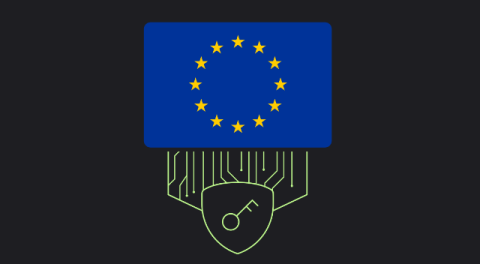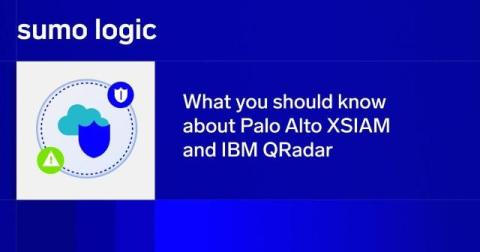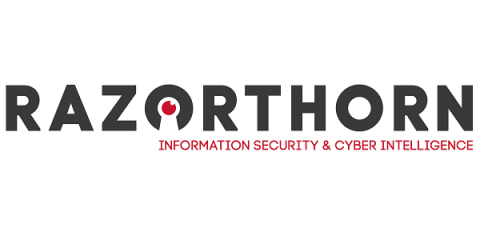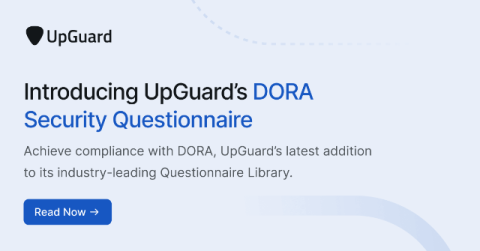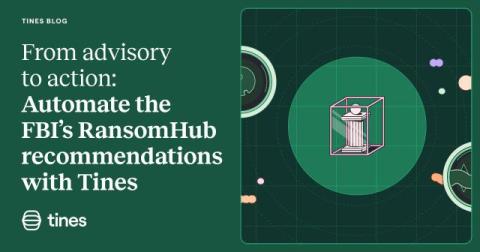Navigating the Future: Key EU Cybersecurity Regulatory Frameworks for 2024-2029
The European Union (EU) is leading the development of comprehensive cybersecurity regulations. These frameworks shape secure digital environments and protect businesses and citizens from cyber threats. For industry leaders and cybersecurity practitioners, especially those focused on cloud technologies, understanding and navigating these frameworks is key to maintaining compliance and gaining a competitive edge.


